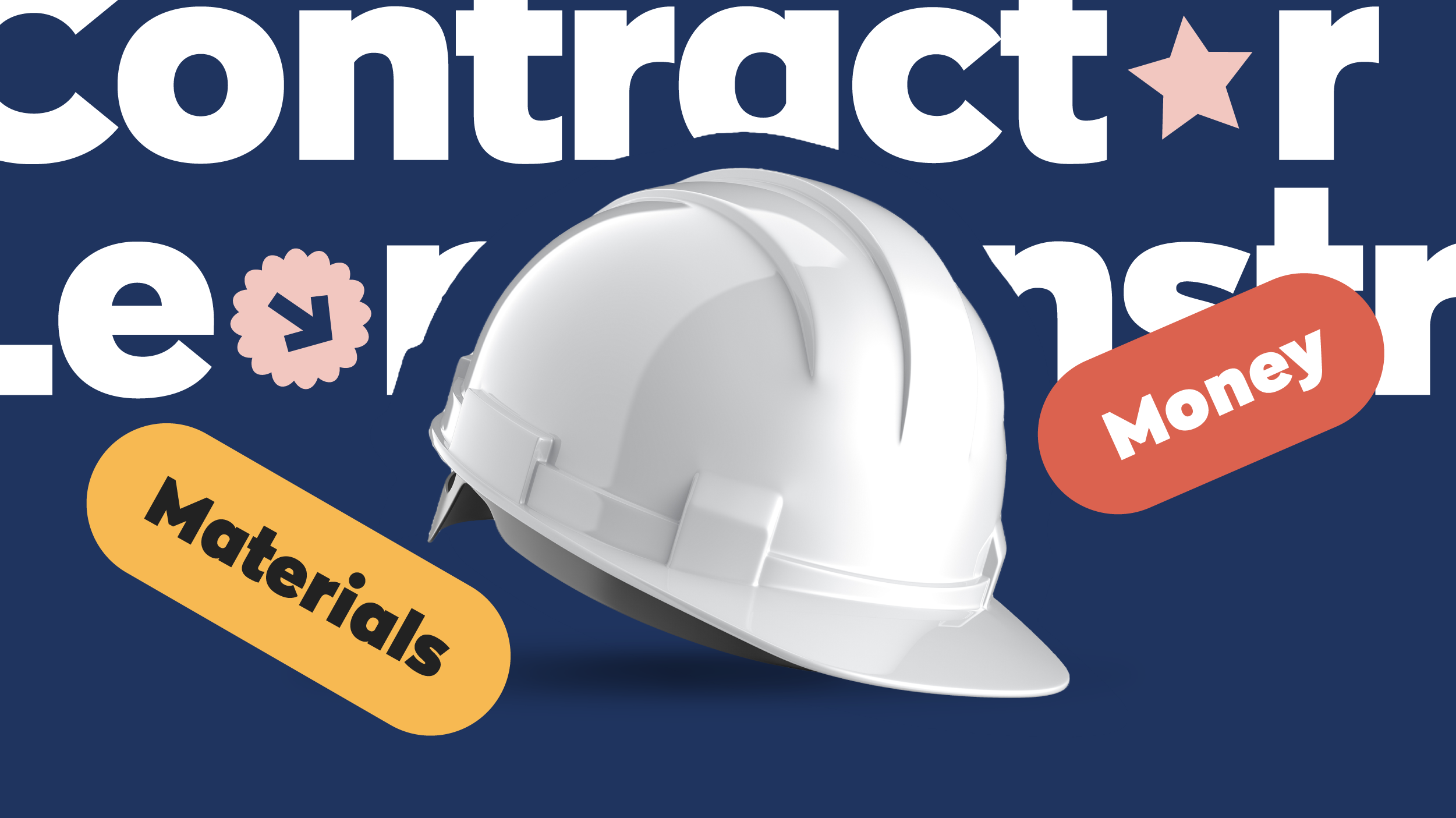Not long ago, we talked about the principles of lean manufacturing. Today, we’ll take another page from the “lean” book and discuss lean construction. As you might have guessed based on their names, both concepts have a lot in common. So: what is lean construction? How does it differ from lean manufacturing? What are the principles of lean construction, and when should you be using it?
There’s a lot to go over today, so let’s get started!
What is lean construction?
If you Google “what is lean construction?” You’ll get an answer along these lines. “Lean construction is a design principle that aims to reduce waste and increase efficiency. But what exactly does that mean?
In short, lean construction cuts costs by reducing waste and automating tasks. In this context, “waste” means overstocking materials, overproducing, and defects. It can also apply to time spent idle on the job.

While they’re not the same thing, lean construction takes a lot of inspiration from lean manufacturing. They follow similar concepts, aiming to eliminate activities and processes that provide no added value.
How does lean construction relate to lean manufacturing?
Lean manufacturing, based on the Toyota production system, played a significant role in the development of lean construction.
There are two core components, or “pillars,” to lean manufacturing: just-in-time (JIT) and “Jidoka.”
JIT is a system where you only order or produce what you need when needed. Instead of stocking the shelves, companies will only manufacture or order products when necessary. While this manufacturing system does have its limitations, it reduces the amount of capital in the warehouse and increases efficiency.
Jidoka, on the other hand, is a bit different. It’s a Japanese term that roughly translates to “automation with a human touch.” Essentially, Jidoka emphasizes automation while human workers fix any errors during production.
Neither of these terms applies completely to lean construction, but the underlying principles do. Under the doctrine of JIT, contractors purchase materials in smaller quantities but more often.
Jidoka, on the other hand, applies a bit strangely. Construction projects are still mostly manual, so instead, contractors automate different parts of the process. For example, tools like inFlow help with invoicing and inventory tracking tasks.

What are the lean construction principles?
The principles of lean construction can be broken down as follows:
- Value: The concept of value here refers to identifying essential processes and materials to meet customer needs while eliminating anything unnecessary.
- Elimination of waste: A lean system aims to reduce waste in all forms, whether it’s materials, waiting times, defects, or reworks.
- Continuous flow: With proper planning and scheduling, you can achieve an uninterrupted workflow to reduce bottlenecks.
- Pull planning: Pull planning allows activities to “pull” work through the building process based on progress and needs.
- Last planner system: A key component of lean construction is the last planner system (LPS), which is when you involve the tradespeople or subcontractors in the planning and coordination.
- Continuous improvement: Lastly, a lean system aims to learn from past experiences, identify issues in the process, and improve upon them.
What are the advantages and disadvantages of lean construction?
As with any system, there are advantages and disadvantages. We can’t really tell you whether or not you would benefit from implementing a lean workflow. Each business has its own unique process, and some are more suited to this system than others.
Advantages
The biggest advantage of lean construction is how it optimizes the flow of capital. Buying small portions of materials keeps more capital in the bank and can help save on costs in the long term. Optimizing workflow, movement of equipment, and other processes also goes a long way in increasing profits.

Purchasing in blocks has its own advantages as well. Because many construction projects are long-term endeavors, most projects are susceptible to change. If you purchase every required material at the beginning of a project, and it ends up getting cancelled, you end up eating a lot of extra costs. This can also help mitigate costs in the event that specifications change mid-project.
Cutting shipments into different segments also helps ensure quality. Because only so many materials are available, there’s only so much work that can be completed. Segmenting deadlines in this manner helps budget time better and goes a long way in eliminating schedule clashes.
Disadvantages
While the lean construction principles are relatively simple, the end goal is perfection. That demands attention to detail, which can be challenging to maintain for long periods.
Because lean construction works on a JIT basis, it’s not suitable for every project. This is especially true because even small construction projects involve many different materials. Prices of materials can change quickly, and while rare, others can become scarce at a moment’s notice.
Implementing a lean system can also prove burdensome. Because it introduces more variables, going from a traditional method to a lean one can result in errors. In some instances, it can also be challenging to adjust to a new workflow.
That being said, even if you don’t implement a lean system, you can learn something from its principles. Optimizing workflow is a big part of increasing profits, and automating menial tasks goes a long way in remedying this.

When should you use lean construction?
While lean construction is a worthwhile cost-saving measure, it’s not suitable for every project. Highly customized projects are better off using strict contracts and an agreed-upon price, and quick projects require swift responses.
It’s best to use lean manufacturing in long-term projects that have a consistent schedule. Because the construction itself takes a lot of time, it’s easier to section off costs. Material shipments are easier to schedule, and small orders can mitigate excessive loss if plans change.
It’s best to use a traditional construction model for small projects with low initial costs. These projects tend to be small-scale and don’t take as much time to complete. As a result, it’s better to purchase everything all at once after agreeing. In cases like these, establishing a lean system takes more effort than it’s worth.
What tools can you use for lean construction?
While most construction work is still done by hand, you can still do a lot to optimize your workflow. You can automate other parts of work, such as invoicing or ordering materials. inFlow’s field management software does all of that and more.
Our inventory and barcoding systems pair perfectly with the lean construction management side of things, automatically alerting you when you need to reorder. On top of that, you can even use barcodes on your most expensive tools and equipment and track your assets no matter where you are.








0 Comments